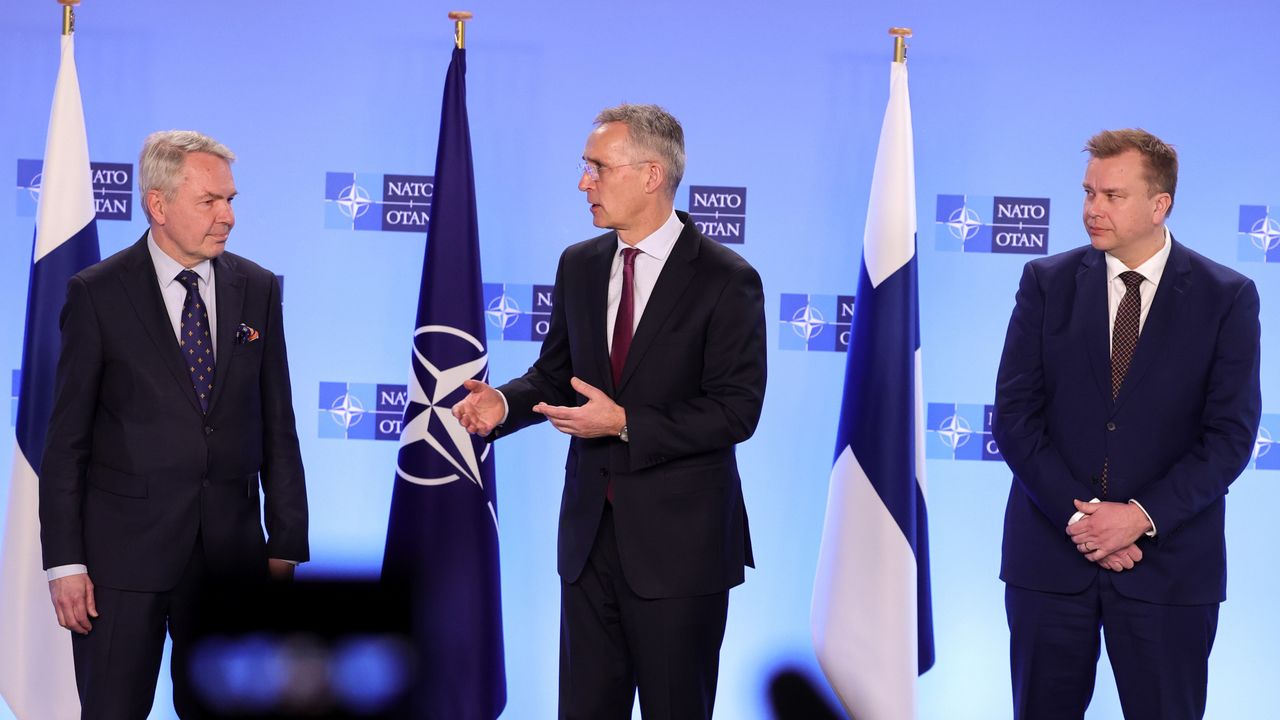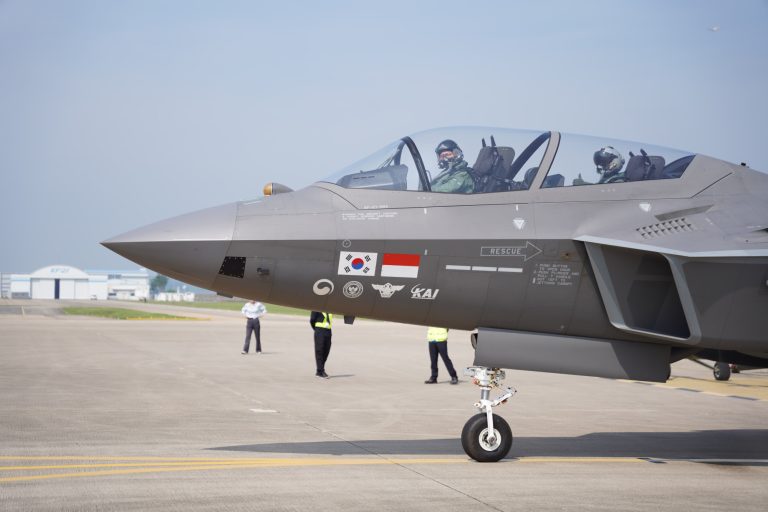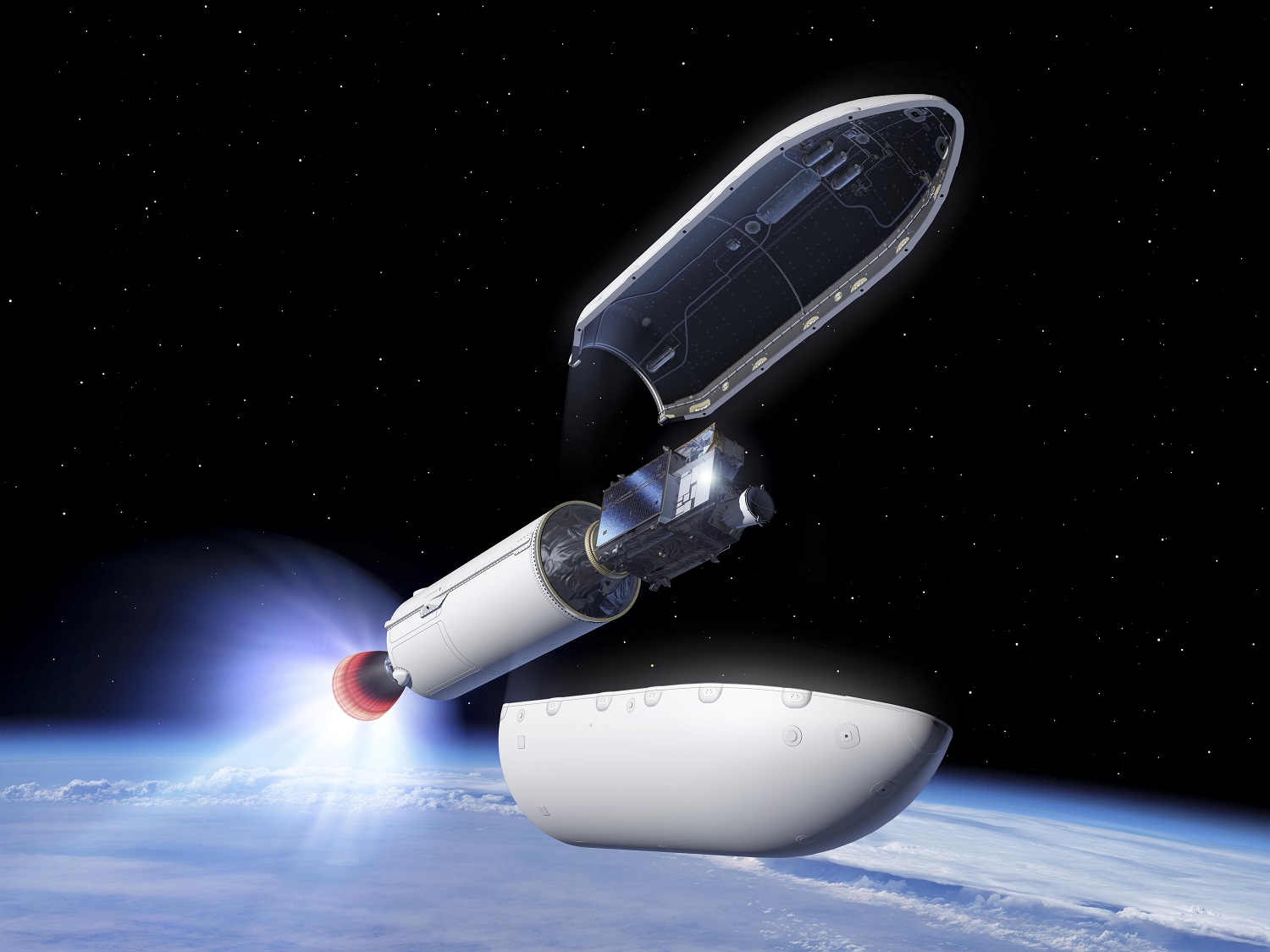As Finland officially becomes the 31st member of NATO, concerns have been raised about the potential impact this could have on regional stability in Europe. While joining the military alliance has its advantages, there are also risks associated with this move, including the possibility of worsening tensions with Russia and contributing to a new Cold War.
One of the primary concerns is the potential for Finland’s decision to escalate tensions with Russia, which has a long history of opposing NATO expansion. With Finland’s accession, Russia’s land border with the alliance grows by more than 1,200 km, which could be seen as a direct provocation. This could lead to an increase in military activity in the region, including Russian military exercises near the Finnish border, which could further raise tensions and destabilize the region.
Read More: STM’s Resilience Model to be Used in NATO Crisis Management Exercise
It is worth noting that Russia sees NATO expansion as a direct threat to its national security and has been strongly opposed to it. This is one of the main factors that led to the ongoing war between Russia and Ukraine, which began after Ukraine expressed interest in joining NATO. Russia sees NATO’s expansion as a provocation and a threat to its sphere of influence and has taken military action to prevent it. With Finland joining NATO, this could be perceived as a further step towards the encirclement of Russia, which could further increase tensions and lead to potential conflict.
Despite these concerns, it is worth noting that Finland’s decision to join NATO was not made lightly. The country has long been committed to neutrality and non-alignment, and the decision to join NATO was made in the face of growing regional security threats. Furthermore, NATO has a proven track record of promoting stability and deterring aggression in Europe, and by joining the alliance, Finland is demonstrating its commitment to maintaining regional security.
In conclusion, while Finland’s decision to join NATO has the potential to trigger instability in Europe, it is important to remember that this move was made after careful consideration and with the country’s security interests in mind. It is up to the member states of NATO to work together to ensure that the alliance does not become a source of further tension or division in the region, but rather a tool for promoting stability and security for all its members.
- Global Defense Insighthttps://defensetalks.com/author/umair/
- Global Defense Insighthttps://defensetalks.com/author/umair/
- Global Defense Insighthttps://defensetalks.com/author/umair/
- Global Defense Insighthttps://defensetalks.com/author/umair/













